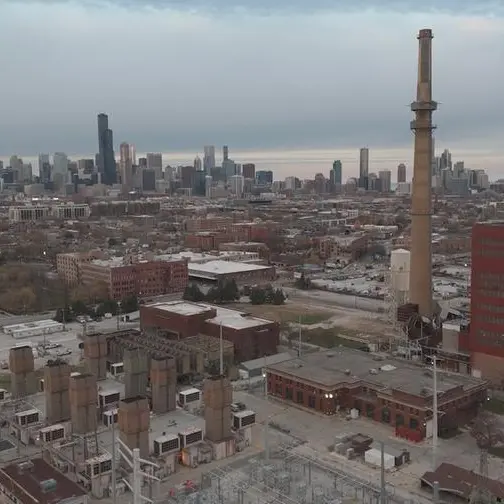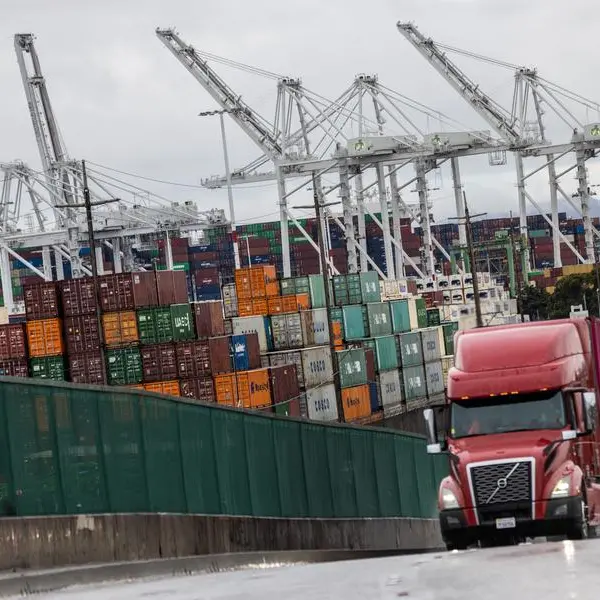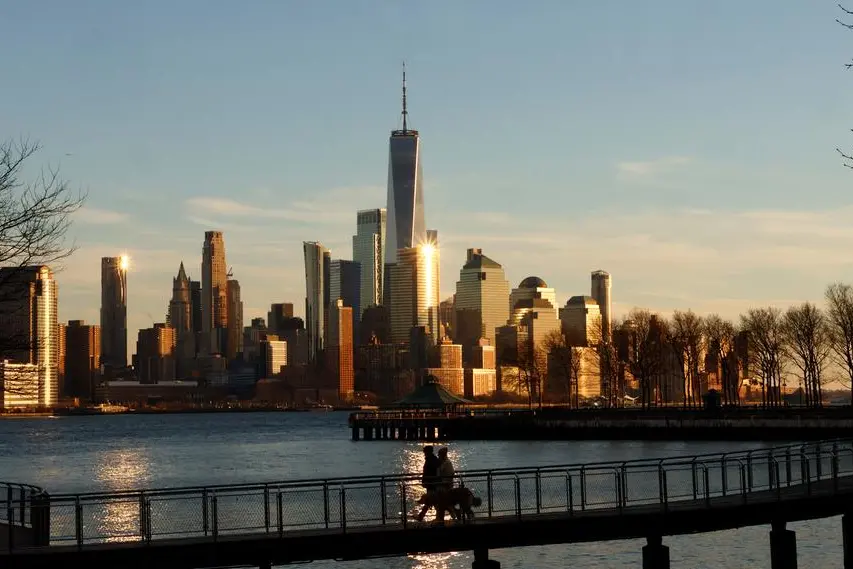PHOTO
In Chile's remote south, the country's gateway to the Antarctic, the worst drought in half a century is hitting cattle ranchers and vegetable farmers, leaving the earth so dry in some areas that grass cannot grow for grazing.
The Andean copper producing nation, currently battling deadly fires in the south-central region, is locked in a more than decade-long period of drought that has created a challenge to mining, agriculuture and bees.
In the far south city of Punta Arenas, that has led to a water emergency declared last year.
"In 2022 Punta Arenas had its driest year in 52 years," said Nicolas Butorovic, a climatologist from the regional University of Magallanes.
The Magallanes region, an area of fjords and large expanses of ice that is home to the iconic Torres del Paine national park, usually creaks under cold temperatures and strong winds that have exacerbated the dry conditions.
"The wind picks up and dries everything and the grass does not grow, that is the drama we're facing," said Hector Garay, a livestock farmer in the region.
Cristian Vivar, owner of a local dairy, said the region was facing a "very difficult winter" ahead due to the lack of water to grow animal feed.
"If there is no irrigation water, water from rain, the grass does not grow. We are talking about what is going to be missing, food for our cattle," he said.
Bernardita Contreras said her first batch of a rhubarb crop had survived but there was no chance for the second one.
"There is no longer any hope of recovering it because there's no water, we don't have any to irrigate," she said.
In the popular region for travel, Rodrigo Bustamante, president of the hotels and tourism services association, said the whole area was dry.
"This year is much hotter than others, with much more wind, which is also an ingredient that dries the countryside much more and dries the entire territory," he said. (Reporting by Reuters TV; Writing by Fabian Cambero; Editing by Adam Jourdan and Bill Berkrot)





















